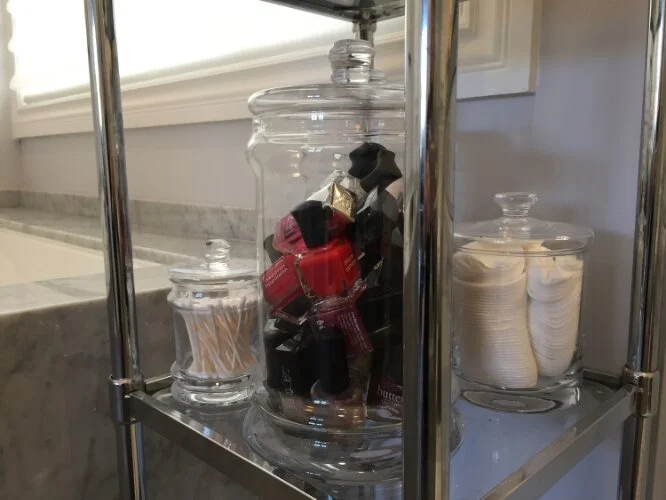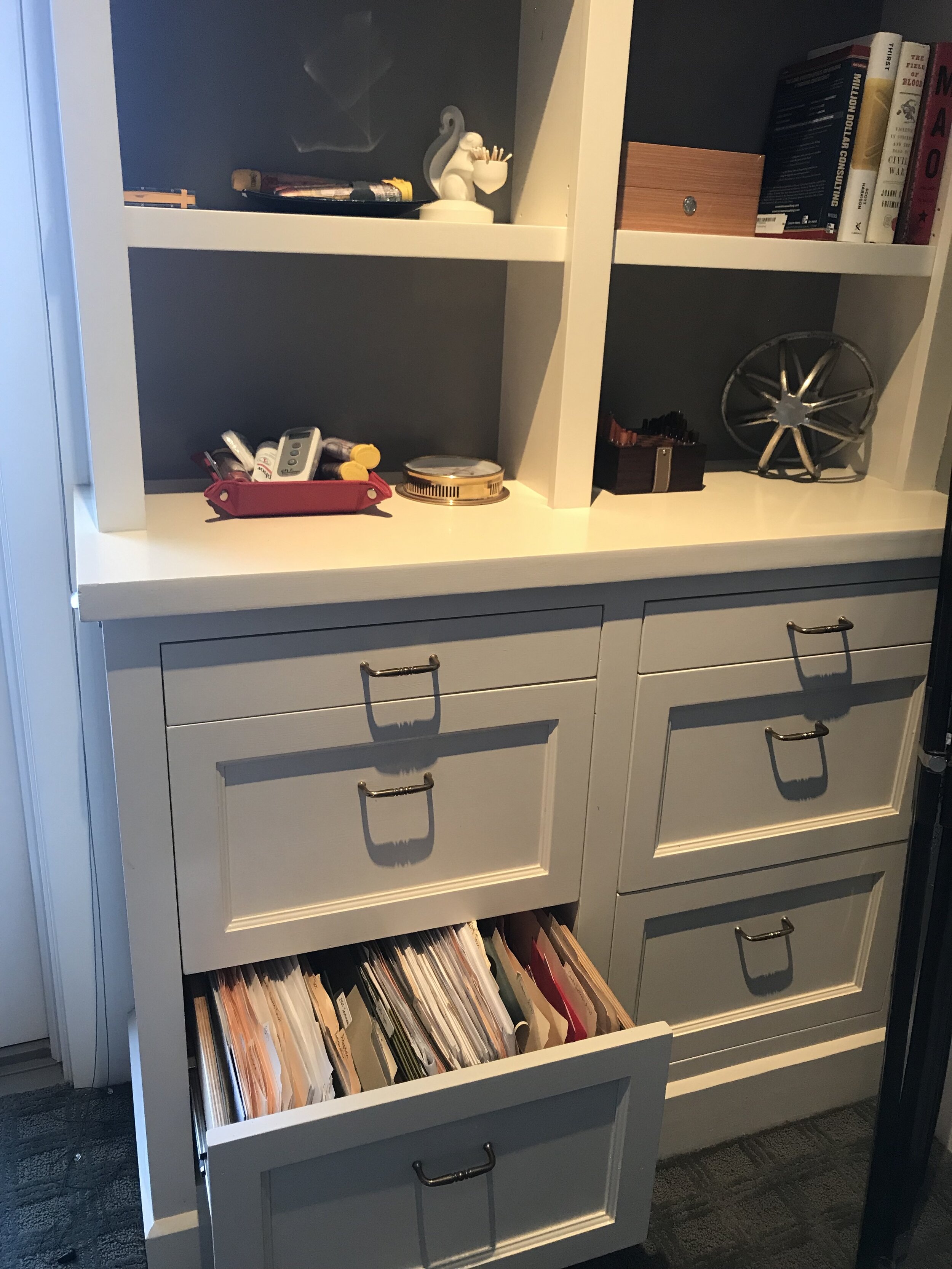Find Home: Principles of Organizing Part 3
Just joining us for the Principles of Organizing blog series? Catch up here!
People ask me what my number one organizing tip is all the time. I covered it in depth in Part 2, and I usually sum it up like this: “you don’t need more storage, you need less stuff!”
However, if my husband is with me when I get asked this question, without fail he will chime in with “everything has to have a home!”
I grew up in a really organized house, and the concept of every object having a designated location was literally second nature to me. It wasn’t until I started organizing that I realized that this is rather uncommon…
Me: “What’s this?” *holds up object to client*
Client: “Oh that! I’ve been looking for that! I use it constantly.”
Me: “Ok, then let’s put it away.”
Client: *deer in headlights* “Where?”
Me: *also deer in headlights* “Um… where do you usually keep it?”
Client: “I don’t really know.”
This may seem like a simple exchange, but we’ve got a lot going on here, and all of it seems from the crux of the issue: there is not a designated home for this object.
First of all, the client has misplaced something they highly value and use all the time. That’s a total waste of the client’s resources - especially since by this point, the client may have already purchased a duplicate, or on the flip side might not have been able to accomplish essential tasks or projects that are important to them.
We stole an alcove to create this “drop zone” in our condo, creating homes for all kinds of things!
Second, the client doesn’t have a way to quickly and easily tidy up the space. Each and every time this client picks up an object, they have to decide where to put it, rather than just popping it back in the spot where it belongs. Each of those decisions takes time, and builds fatigue.
Third, if the client needs to find this object again, they aren’t even going to know where to start. They’re going to waste precious time hunting for it, and probably also waste emotional energy getting frustrated by the whole process.
Yikes. Those are a lot of consequences for one little lost object.
And here’s the funny part: the client probably doesn’t have a home for this object because the idea of making sure each item has a designated location just felt like way too much work!
Yes, getting organized is definitely hard work. But when you get organized, what you are doing is giving yourself a clear baseline of an organized space that will be relatively quick and easy to return to if things get out of hand… because life happens!
And the best part is that although everything should have a place… you get to choose that place. There is no commandment from on high that says you have to have a cup of pens on your desk, or all your sweaters folded in drawers, or a mud room type setup by your front door. There is no one perfect place to put things - just the place that works for you.
Want to know where we go from here? Work your way through the rest of the series on basic principles of organizing.
What’s the most unexpected home you’ve found for something you use all the time? I love hearing about the inventive and quirky ways people get organized!
LMW










When it comes to makeup, it’s easier to create waste than you might think.